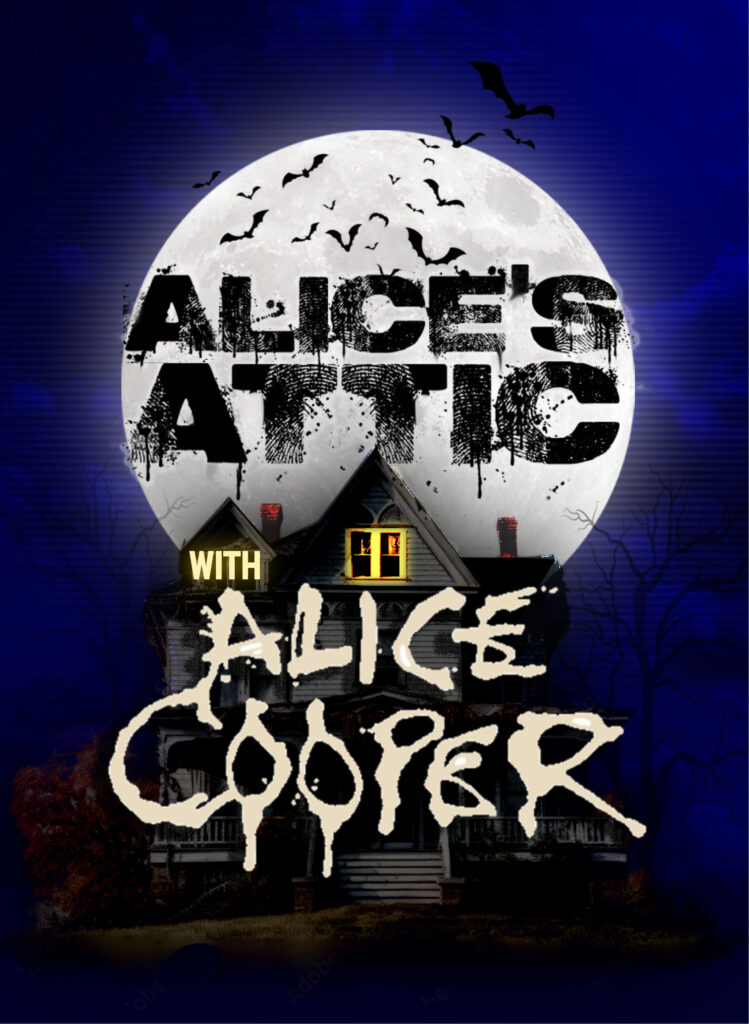For anyone not familiar, Quu is a technology company that helps broadcasters publish visual programming on the center screens of connected cars.
They recently hosted a webinar reviewing the results of their 2025 In-Vehicle Visuals Report. An in-depth study of where radio falls in the media pecking order in the one hundred top-selling cars in America.
It’s an impressively detailed analysis, and while all their takeaways were fascinating, one really stood out: The Last Touch.
Quu’s team found that, in a growing number of connected car systems, whatever is playing when the car turns off will be the first thing that plays when it turns back on. So, if the driver was listening to a podcast, the audio system would start with that podcast playing. The same would be true if it were a Spotify playlist or your radio station.
This isn’t a completely new idea. Recycling listeners from the drive home in the afternoon to listen again the next morning, simply by being the station they were listening to when the car turned off, has been around for a long time.
But today, we aren’t just competing with other radio stations. We are fighting every other option that could win the last touch and, therefore, be the first thing that comes on when the car starts again.
Unfortunately, while the competition is more intense, many stations have given up on certain dayparts. Leaving lengthy periods with just songs, production, and, of course, lots of commercials.
This is most common at night. Sales no longer sell spots beyond 7 p.m. PUMM levels drop off into the evening, so many stations don’t bother to offer compelling programming at night. But not all listeners are home by 7 p.m., meaning stations run a huge risk of losing the last touch, which now impacts the next day.
Luckily for Classic Rock stations, there are many options that could help them win the night without adding costs or creating additional burdens for existing staff. Below are profiles of four options that could be ready to go instantly.
Two are Classic Rock-based and fit the format perfectly. The other two that play more contemporary Rock, which could be a way to start attracting younger audiences and exposing music that may eventually become part of the playlist.
Alice’s Attic
Hosted by legendary shock-rocker Alice Cooper, “Alice’s Attic” adds a legitimate Rock star to the airstaff. The show recently relaunched after “Nights with Alice Cooper,” which was available through a different syndicator, ended.

Asked how the new show is different, Cooper says the theme of being in the attic adds a theatrical touch, something he is known for. Characters that live in the attic include the butler Gustavo, Dolly the broken doll that says all kinds of philosophical things, Madeline the possessed mannequin, and others. “All these characters find their way into the show because they live up in the attic, and they interject and interfere with the show.”
For Cooper, being on the air in markets across the country means that when he’s on tour, he will meet listeners who think he lives in their town. “I think it’s because I try to make it sound very conversational. I read listeners’ emails. I try not to make it sound like a DJ.”
Musically, Cooper says the soul of the show is Classic Rock, but he does get to play some stuff not normally heard on radio stations. “Of course, I’m going to play AC/DC and Van Halen and all that stuff, but I’ll also be able to play songs that I really like. Some are my favorite things that you’d never hear on the radio.”
Ultimate Classic Rock
Tied to the website of the same name, “Ultimate Classic Rock” features host Matt Wardlaw, a writer and editor for the site. He says the show was created by music fans for fellow music fans to enjoy, “We’re the same music nerds that you love to sit around and discuss and debate musical topics with at your local bar or a friend’s house.”
Having a staff of writers focused on the format means articles on the site can come to life. “Having conversations with our writers on the radio show puts a voice with the names on the articles that the listeners are reading,” says Wardlaw. And those discussions about lists or rankers lead to passionate fan interaction: “The listeners have strong opinions about all of this kind of stuff, and it’s a lot of fun to talk about it with them.”

Loudwire Nights
While host Chuck Armstrong is a die-hard Rock fan who consumes new music voraciously, he’s quick to point out that this show isn’t all about being contemporary, “While we love celebrating new music, we will always be rooted in the all-time greats like Metallica, Aerosmith, Led Zeppelin, Judas Priest, Motley Crue, Ozzy, AC/DC and more.” He says the show will feel at home on a Classic Rock station because of that foundation, “and if you need a competitive advantage in your market, it doesn’t hurt that we play some new music in the evenings!”
Armstrong also says he’s available to help stations however he can. He cuts liners and custom audio as needed, will call into local shows to talk about concerts or contests and has traveled to affiliate markets to be part of live broadcasts, “If you’re an affiliate, this is your show and I’m all yours, not just as a “national” host, but as a host on your station.”

Hard Drive XL
Program Director Randy Hawke describes “Hard Drive XL” as a lifestyle show. What’s between the records is for “the working-class rock music fan. We talk movies, sports, hot sauce, whiskey, motorcycles, tech, and more.”
Hawke says that while the show focuses on new music discovery, the library is centered in the ‘90s, with a dose of pre-’90s music like Guns N’ Roses, AC/DC, and Ozzy, as well as guitar rock songs from the 2000s.
In a way, he says, it’s all about math. “If you were fifteen and in high school when Disturbed came out, and ‘Down with the Sickness’ was the soundtrack of your life, you are forty, which I am pretty sure is dead center of the key male demo.” So, while the music may not match the playlist perfectly, this is an opportunity to grow, “If you are a Classic Rock station looking to have one foot in the future. We are a damn good option.”

By no means are these four shows the only options at night, and I have no personal stake in any of their success. Charese Fruge did a great profile of Greg Beharrell, whose content-only approach might be a better choice for some stations. What I do know is that there are too many good choices to ignore 7 p.m. to midnight on your station, especially when there is an increasing chance it will lead to a second tune-in the next morning.
Barrett Media produces daily content on the music, news, and sports media industries. To stay updated, sign up for our newsletters and get the latest information delivered straight to your inbox.
Mike Stern is a Classic Rock columnist for Barrett Media. He has been with Jacobs Media consulting stations in the Classic Rock, Rock, Alternative and AAA world for more than a decade. Prior to that he programmed stations in Chicago, Detroit, Denver Las Vegas and other markets. He also worked as News/Talk Editor for Radio and Records, wrote about Top 40 Radio for Billboard Magazine and had his own radio talent coaching business called Talent Mechanic.



